Great Design Plant: Quaking Aspen for 3-Season Beauty — on Its Own Turf
http://decor-ideas.org 11/10/2013 08:30 Decor Ideas
If you've seen groves of quaking aspen in the wild in full fall glory, your likely question is, "Can I grow them at home?" The quick answer is yes, if you live where the trees grow naturally. If not, growing an aspen in a home garden is almost as difficult as raising a rainbow trout in a goldfish bowl. To be honest, I have seen aspens successfully planted a few miles from San Francisco Bay, but that took dedication and perfectly re-created conditions. I have not seen a rainbow trout happy in a goldfish bowl.
In the right landscape situation, quaking aspens are fast-growing trees, beautiful even when they're not sporting fall color — with dark green foliage in summer and white trunks against the snow in winter.
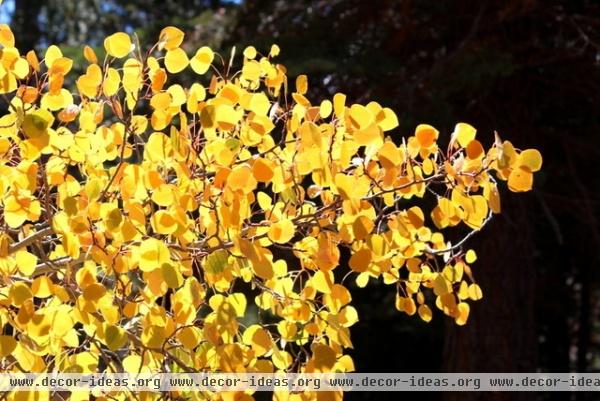
Quaking aspen grows wild all across the northern U.S., as far north as Alaska and south into the mountain areas of California and the Southwest and Rocky Mountain states. The tree is deciduous, a species of poplar, which as a group tends to be fast growing and sometimes weedy. The aspen's roundish leaves, deep green in summer and golden in fall, inspire the common name: They quiver and quake in the slightest breeze.
Common name: Quaking aspen
Botanical name: Populus tremuloides
Where it will grow: USDA zones 1 to 6 (find your zone)
Water requirement: Moderate
Light requirement: Full sun (light shade is OK)
Mature size: 20 to 40 or 50 feet tall and 15 to 30 feet wide
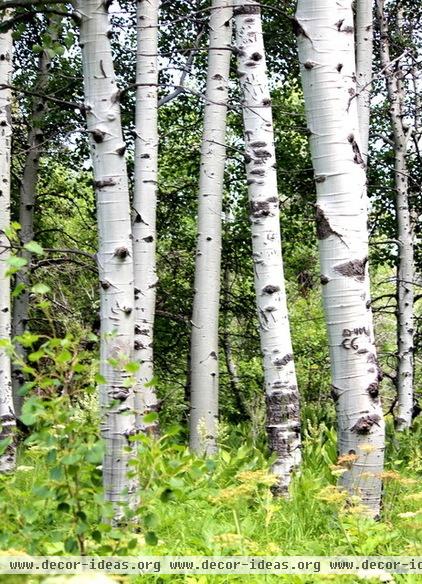
Distinguishing traits. The trees are slender, with greenish white to creamy tan trunks while young, turning white with black scars as they age. In the wild, aspens grow in clusters or large groves, often by the acre. They spread underground by roots, and thus all trees in a grove are related, considered as clones with similar characteristics, which explains why a grove changes color in fall all at once.
Growing tips. Aspens generally thrive where winters are cold and summers cool. In the wild they grow in a range of soils, from moist to dry, deep to rocky. In a garden, though, moist and well-drained soil is best. (Too much watering hinders fall color.)
Don't expect a long life from planted trees. Remember that trees that like their situation will spread by the roots and send up suckers — start with a few and end up with many. Prune to shape or cut out dead wood. Watch for diseases and pests, which can be frequent, especially outside of the natural aspen range. In recent decades even trees in the wild have been struck by a widespread dieback.
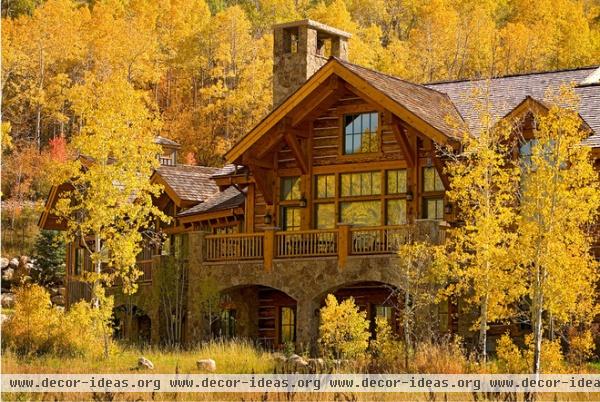
How to use it. A natural-style landscape adds to a sense of place — such as here, with aspens and native grasses. If you have wild aspens on your property, you may want to plant more. If the trees are thriving, you might have to cut back young ones that come up from the roots.
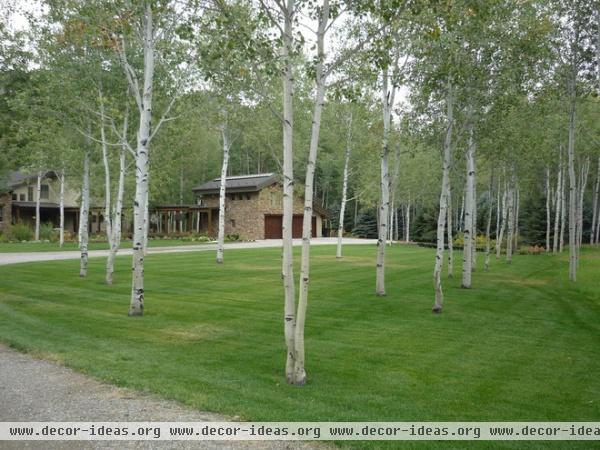
The typical landscape use of quaking aspen is in an informal grove, with trees randomly spaced. A somewhat grid-like placement creates a contemporary look here. Aspens do well with lawn watering. Note that the trees can have single or multiple trunks.
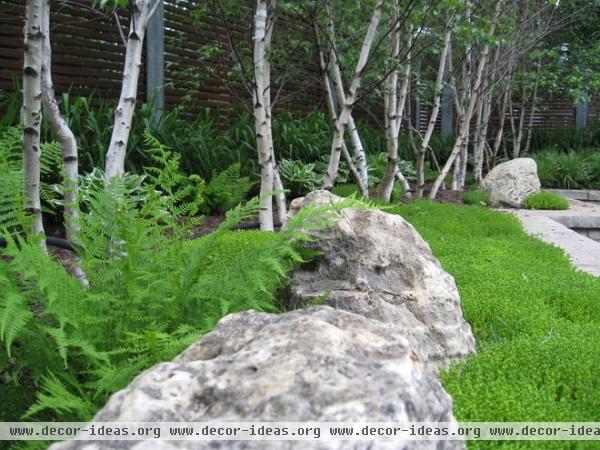
Aspens look best combined with other natural elements, such as boulders and native ferns. Also, you can sow wildflower seeds among them.
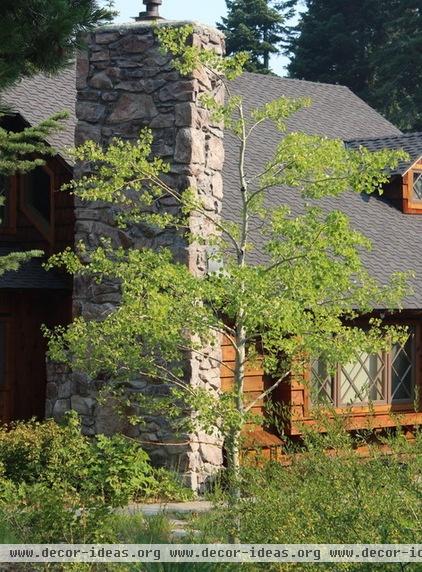
A single aspen specimen can be a focal point among low-growing native plants, such as manzanita and ceanothus, shown here. Don't forget that a solo tree will most likely produce more.
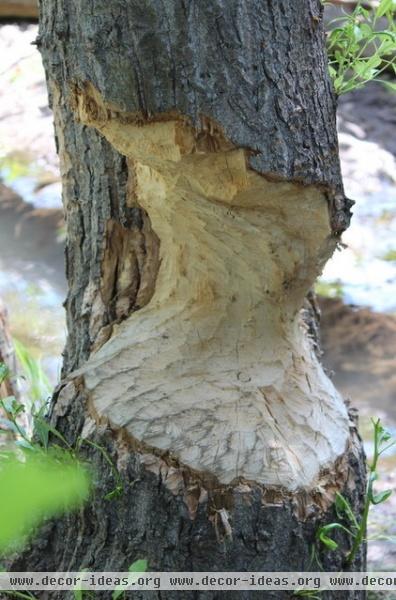
Nature lesson. When you plant an aspen, you are growing a piece of Americana. Native Americans and pioneers used the trees to make canoes, log cabins and medicines. Aspens often leave markers of who was there before — such as a beaver, who marked this tree near Lake Tahoe. And in some forests, you may still spot black carvings on the white trunks left by Basque shepherds more than a century ago.
More: 5 Uncommon Trees for Gorgeous Fall Color
Related Articles Recommended












